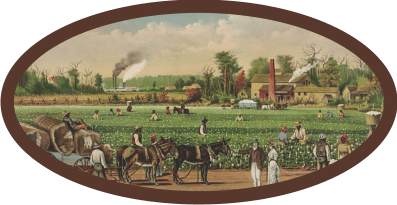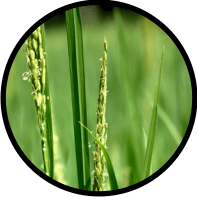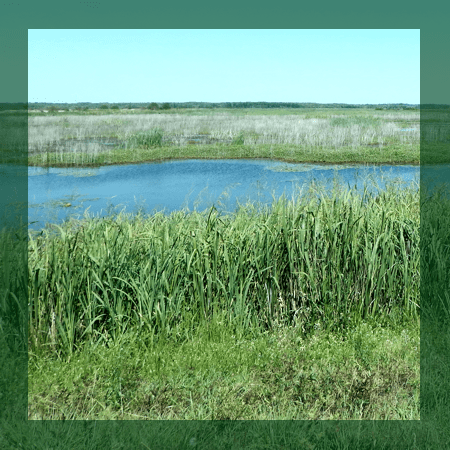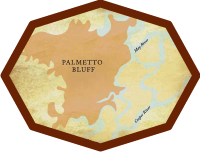The Lowcountry's Unique Agricultural History
Posted by Bill True on Friday, May 11th, 2018 at 12:06pm.

Crops Change to Meet the Demand of a Growing Local & US Population
When we think of crops we generally conjure up a field of wheat, barley, corn, asparagus or any other edible plant grown on a farm. However, the Advanced English Dictionary fortunately gives me more latitude in its definition: “A cultivated plant that is grown commercially on a large scale.”
For thousands of years before the arrival of Europeans on the shores of South Carolina, Native American farmers in the region, cultivated corn, beans and squash. However, after the colonization of the area by those immigrating from Spain and Great Britain, the crops became “what made the most money,’ as opposed to ‘what tasted good and was nourishing’.
South Carolina, favored with climatic conditions conducive to a robust agricultural economy, also has had a very diverse geographical crop concentration. The chosen crops have also changed over the four centuries since European settlers first set foot on our Atlantic beaches.
 At one time or another, up to the twenty-first century, farming in the state has included; corn, cotton, hay, oats, peanuts, rice, soybeans, tobacco and wheat among the state’s most important crops.
At one time or another, up to the twenty-first century, farming in the state has included; corn, cotton, hay, oats, peanuts, rice, soybeans, tobacco and wheat among the state’s most important crops.
Relying on the latitude allowed me by the Advanced English Dictionary, I would like to add to this impressive list, timber.
Although many, if not all these crops were grown in the Lowcountry during various periods of our history, two crops dominated the agricultural activity in the area; rice and timber. Both had an impact for hundreds of years.
RICE
From the late 1600s to the early 1800s, South Carolina was at the center of America’s rice production, making the agricultural staple the state’s most reliable cash crop. But near the end of the Civil War, rice production began to decline, eventually disappearing in the 20th century.
 To understand the dimension of rice production in the Lowcountry I paid a visit to the Savannah National Wildlife Refuge located in Hardeeville, Jasper County, South Carolina, thirty minutes from Old Town Bluffton.
To understand the dimension of rice production in the Lowcountry I paid a visit to the Savannah National Wildlife Refuge located in Hardeeville, Jasper County, South Carolina, thirty minutes from Old Town Bluffton.
The wildlife refuge is comprised of 29,174 acres acquired from various land owners between 1927 and 1996. Prior to 1860 most of these twenty-nine thousand acres were devoted to the cultivation of rice
The first European visitors to the Savannah, Georgia-area arrived in 1526. James Oglethorpe established the city of Savannah in 1733. By the mid-eighteenth century, rice planters were farming much of the land that is now part of the refuge. The old rice levees, which were built by hand, form the basis for current impoundment dikes. Remnants of the original rice field trunk water control structures and narrow dikes are still visible in some places.
This vast land area was just one small piece of the huge rice plantations in the South Carolina Lowcountry, as far north as Charleston and as far east as Hilton Head Island.
An interesting un-intended benefit of the establishment of the refuge; once the refuge became a protected site for scientific research, it was discovered that within the impoundment system there are 36 historic and prehistoric archeological sites which have been located and inventoried.
For those that may want to visit this magnificent preserve, information is plentiful at https://www.fws.gov/refuge/savannah/
 TIMBER
TIMBER
Forests have always played an important part in the history and economics of South Carolina. The first record of a forest products industry dates to 1670 when boards were sawn near the mouth of the Ashley River. This record coincides with the establishment of Charleston as the colony’s first permanent settlement.
The first major use of Lowcountry lumber related, almost exclusively to shipbuilding, a mainstay of the South Carolina, particularly the Lowcountry’s economy for hundreds of years.
Not only was the lumber itself used, but byproducts of the forestry industry were equally important. Pine Tar, Tar kiln and Turpentine, all products critical to the building of wooden ships were produced in quantities equaling or surpassing all other producers in the young United States.
However, the timber industry of the Lowcountry hit its zenith in the late nineteenth century and early twentieth century. The new use for pine timber in South Carolina, paper.
For many years it was thought that the highly resinous southern yellow pines were not suitable for papermaking. In 1884, Major James Lide Coker of Hartsville, South Carolina, became the first man to successfully manufacture paper entirely from southern pine.
 By the mid twentieth century the largest land owners in the Lowcountry were paper manufacturers, among them Union Bag Company and Camp Paper Company. (Later merged as Union Camp)
By the mid twentieth century the largest land owners in the Lowcountry were paper manufacturers, among them Union Bag Company and Camp Paper Company. (Later merged as Union Camp)
An interesting benefit of this economic boon to the area occurred in 1937. It was the beginnings of what would become our own magical community Palmetto Bluff.
The Union Camp Company bought what is now known as Palmetto Bluff in 1937 for its significant timber reserves.
Originally acquired for its 20,000 acres of pine and hardwood resources, company officials quickly realized that the 32 miles of riverfront and spectacular maritime forest offered much more than that. The company then created a conservation-based Land Use Plan to protect this pristine place, and to this day, Palmetto Bluff's beauty can be traced back to the stewardship of Union Bag in the early 1970s.
-Bill True



